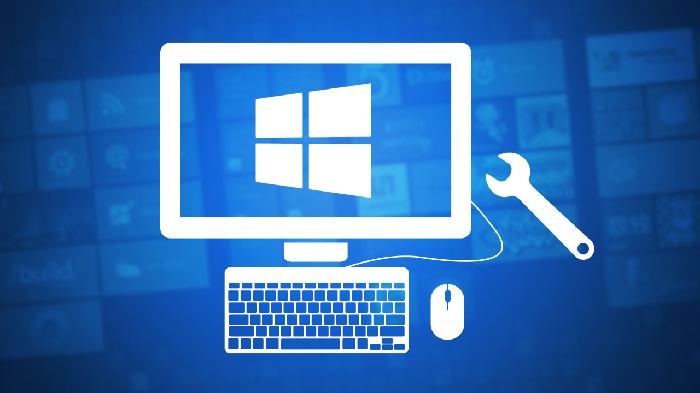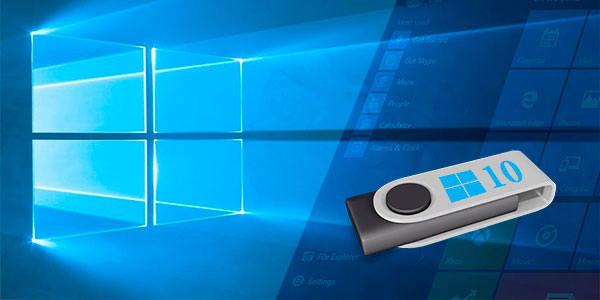

The first step is to format the USB flash drive. Related: Microsoft Windows 10 In S Mode Explained: How Windows 10S is DifferentĬreating a bootable Windows 10 installation flash drive isn’t difficult, but does require several steps and may seem complicated for those new to formatting drives or working with Windows 10. Note that in order to add an installer, a Windows 10 ISO file or Windows Setup DVD is required, It is also recommended that the USB flash drive that has a capacity of at least 4-gigabytes. It’s easy to create a bootable flash drive using Windows 10 Disk Management tool. The difference is that startup drives contain a hidden partition that contains code that initializes the computer and prepares it to run the operating system.

All other drives, internal and external are not bootable, instead being used mostly for storing data. By default, only the startup drive or C drive is bootable.

That would be hard but doable with facilities I can borrow in work, but not with a typical hobbyist soldering setup.Bootable is a technical term that means the computer can be started up using a USB drive. I would be curious to try and definitely don't recommend swapping the actual flash IC into an identical drive. But if you want to try something yourself, open it up and clean it. It's probably already ruined, and as you have important documents on there you should probably be looking at an expensive recovery service. This may already have destroyed the controller chip. Your comment that Windows knows something has been plugged in but not what it is would tend to reinforce that idea.

I suspect that rather than a broken connection there's a short circuit - either damage or debris inside. Heat means at least the power lines are making contact. That's 290mW which would be faintly warm at most in something that size. A different drive I have here draws 58mA (I have a USB lead with an ammeter wired into it). The current draw should be less than 100mA so less than 0.5W. However small a drive is, it shouldn't get hot - the control chip is the same and there's no heatsink. I never managed to read/write it again, but I never tried very hard. That was also a SanDisk (Ultra Dual I think, anyway with both micro USB and USB-A). I had one that got very hot too (while writing a linux ISO onto it).


 0 kommentar(er)
0 kommentar(er)
